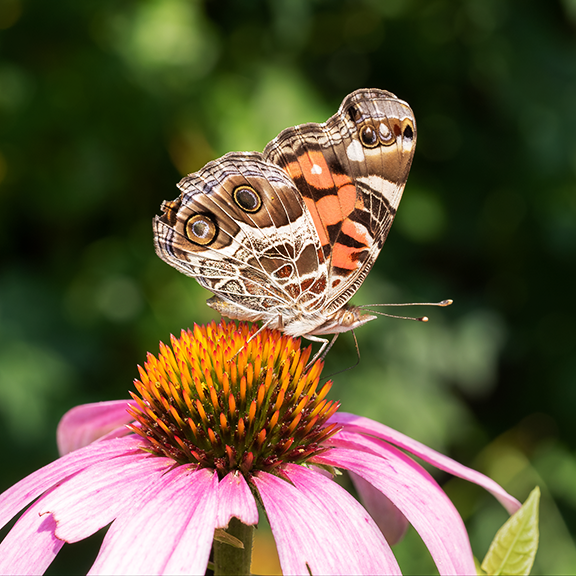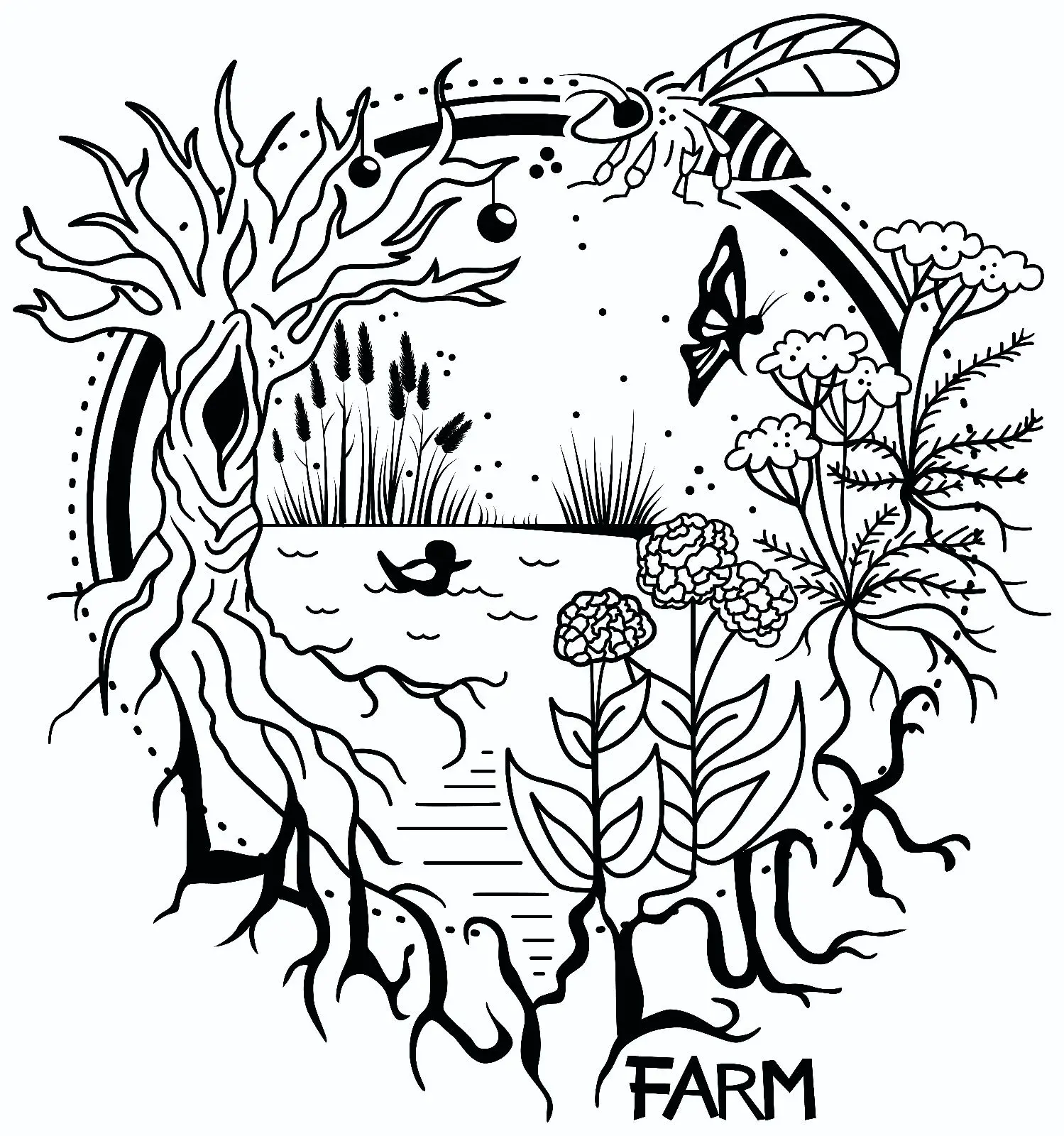cross-posted from: https://discuss.tchncs.de/post/20277540
I’m in the Piedmont (South-east US) region with a hardiness zone of 8a. I have a large area of turf grass, and I want to plant native plants, attract butterflies, native insects, fireflies, all of it. I’m looking for trees, shrubs, small plants, anything would be nice to plant.
Where do I start? I see a lot of different species online, but where can I get seeds for them to plant? Is planting from seeds a viable option for a beginner?
Any help would be appreciated!
Starting from seed can be a viable option but many perennial seeds have dormancy periods or specific times of year where they will germinate readily. Having a controlled space for germinating your desired species, such as in flats, mob-grown in large pots, or in air prune boxes will increase your rates of germination and growth over and above planting or broadcasting into a grass dominated space. Once grown, they could be transplanted with their potting substrate or as bare root plants once they’re dormant. Alternatively, you could solarize an area of your turf with a dark tarp for 30-90 days to kill off the turf and dormant seeds, then plant your intended species. At this point in the season, you would likely be looking at spring germination for all but the fastest germinators and you would want a good mulching compost to protect them over your winter period and reduce competition from weeds (defined here as anything that isn’t the species you’re trying for).
I have had pleasant results with seeds ordered from Prairie Moon for herbaceous plants, and from F.W. Schumacher in the case of woody plants, and I hope others will chime in with additional suggestions. Here is a copy (PDF) of the USDA Woody Plant Seed Manual. Another book that is incredibly helpful is the Reference Manual of Woody Plant Propagation by Dirr, which also covers asexual cloning methods.
If that feels daunting, start with a smaller area that you’ll be able to pay additional attention to and use the seeds and cuttings from those plants to grow that space’s footprint and begin new areas as well. Or prep areas you’d like to grow in now with an eye towards bringing in bare root plants this fall - your local NRCS office likely has a list of plant nurseries operating in your area and may even run a seasonal plant sale themselves. Your local extension office would be another good reference for where to purchase native plants locally, and there may be folks you could connect with through permapeople.org. Follow best practices when planting and mulch appropriately.


